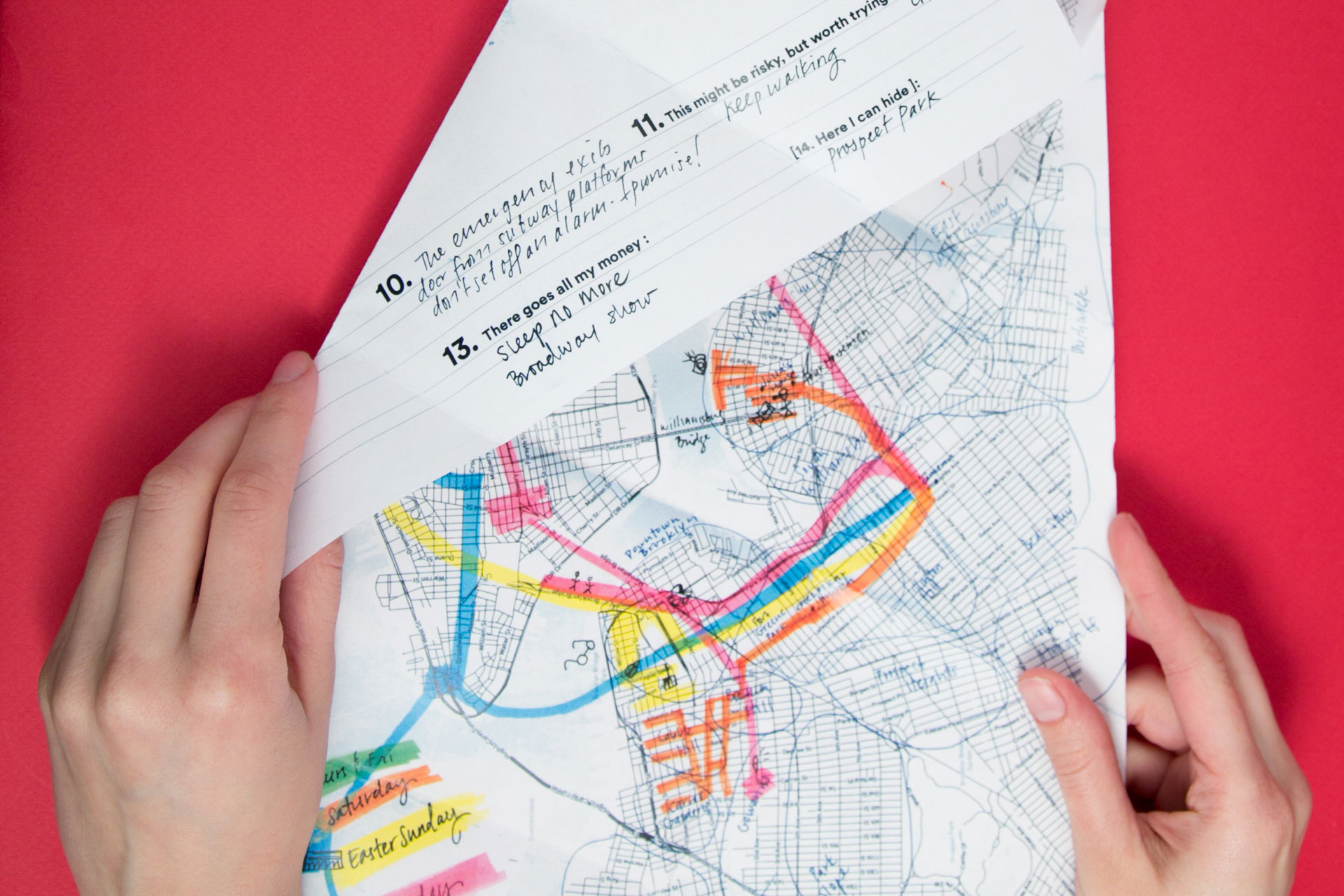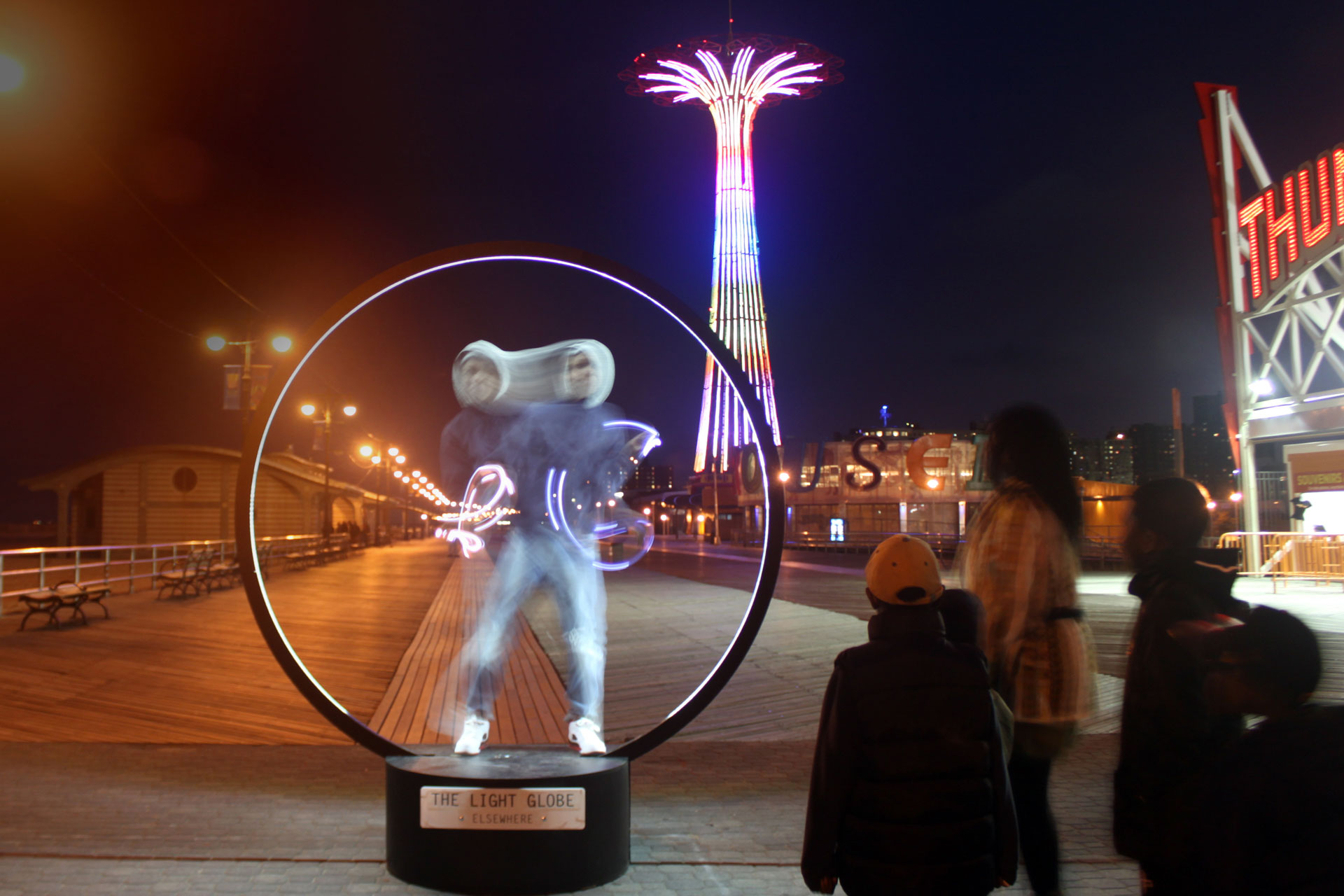HERE, THERE & ELSEWHERE: A Design Journey Around Travel and Place
Here, There & Elsewhere is a masters thesis project about the experiences of travel and place. Leila Santiago was born and raised in São Paulo, Brazil, one of the largest and most complex cities in the world. There she trained as an architect and urbanist, studying the built environment and the complexities of the urban space. In the midst all of that, Leila also learned that the urban space "is a place for playing."
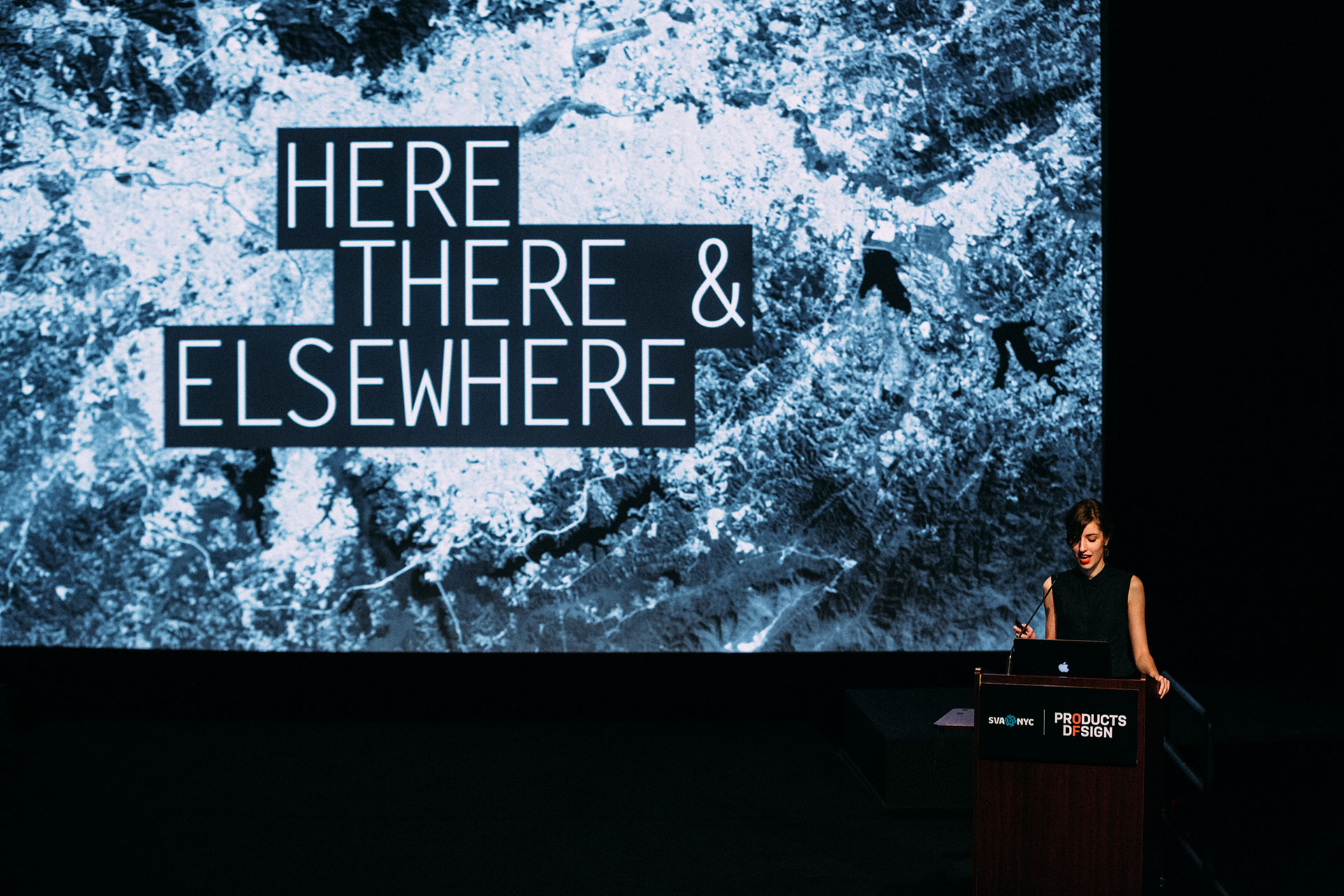
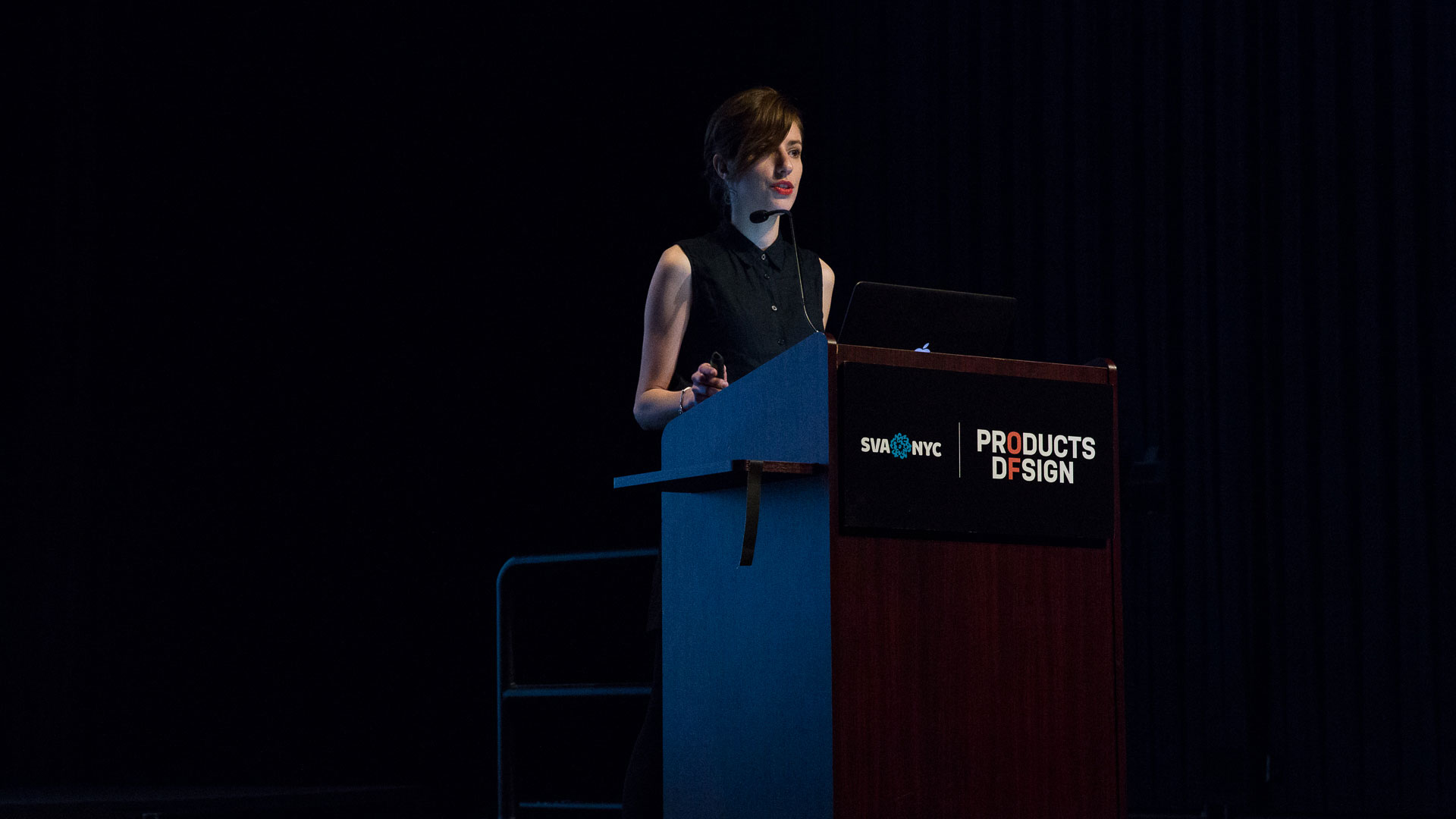
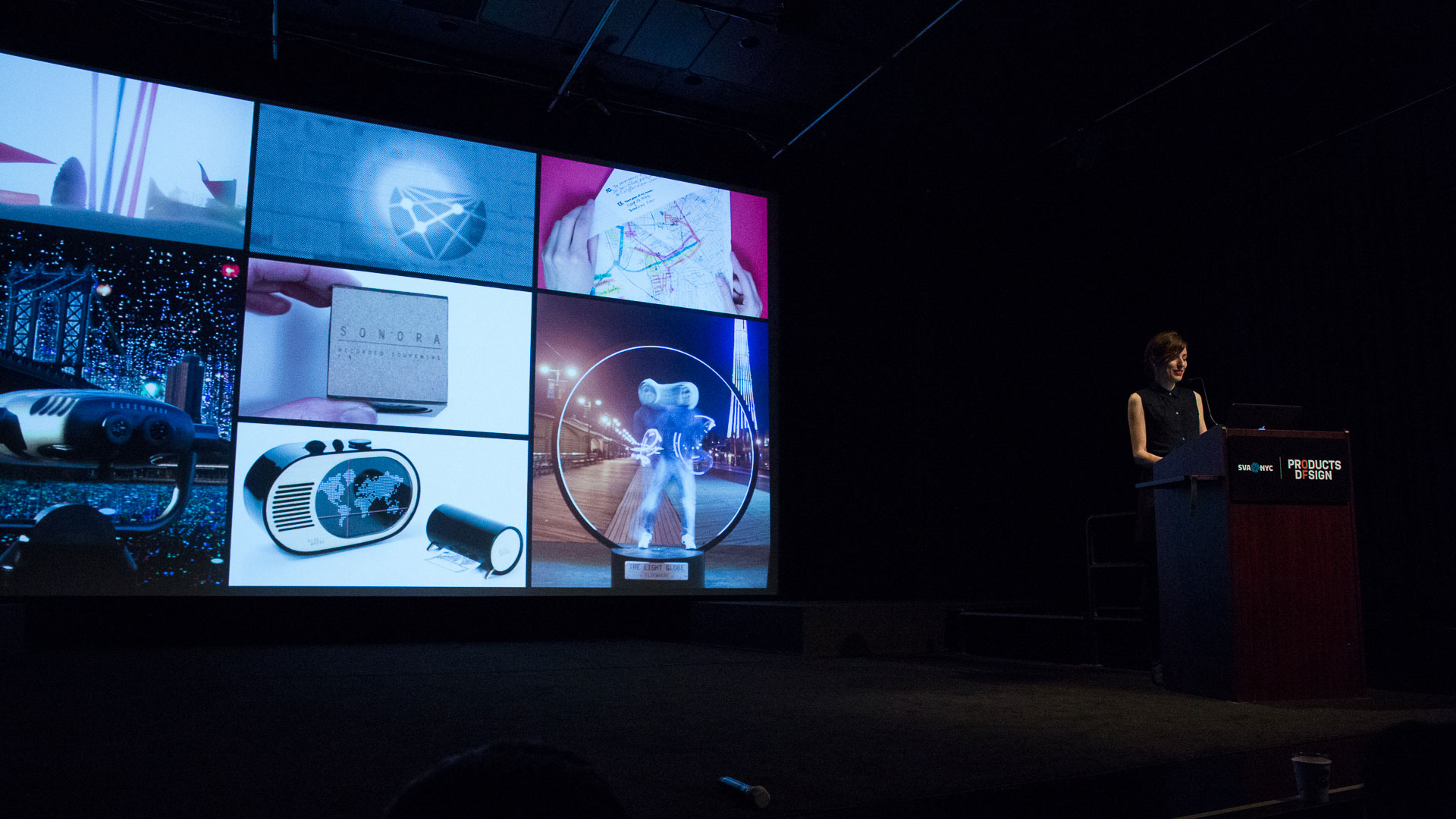
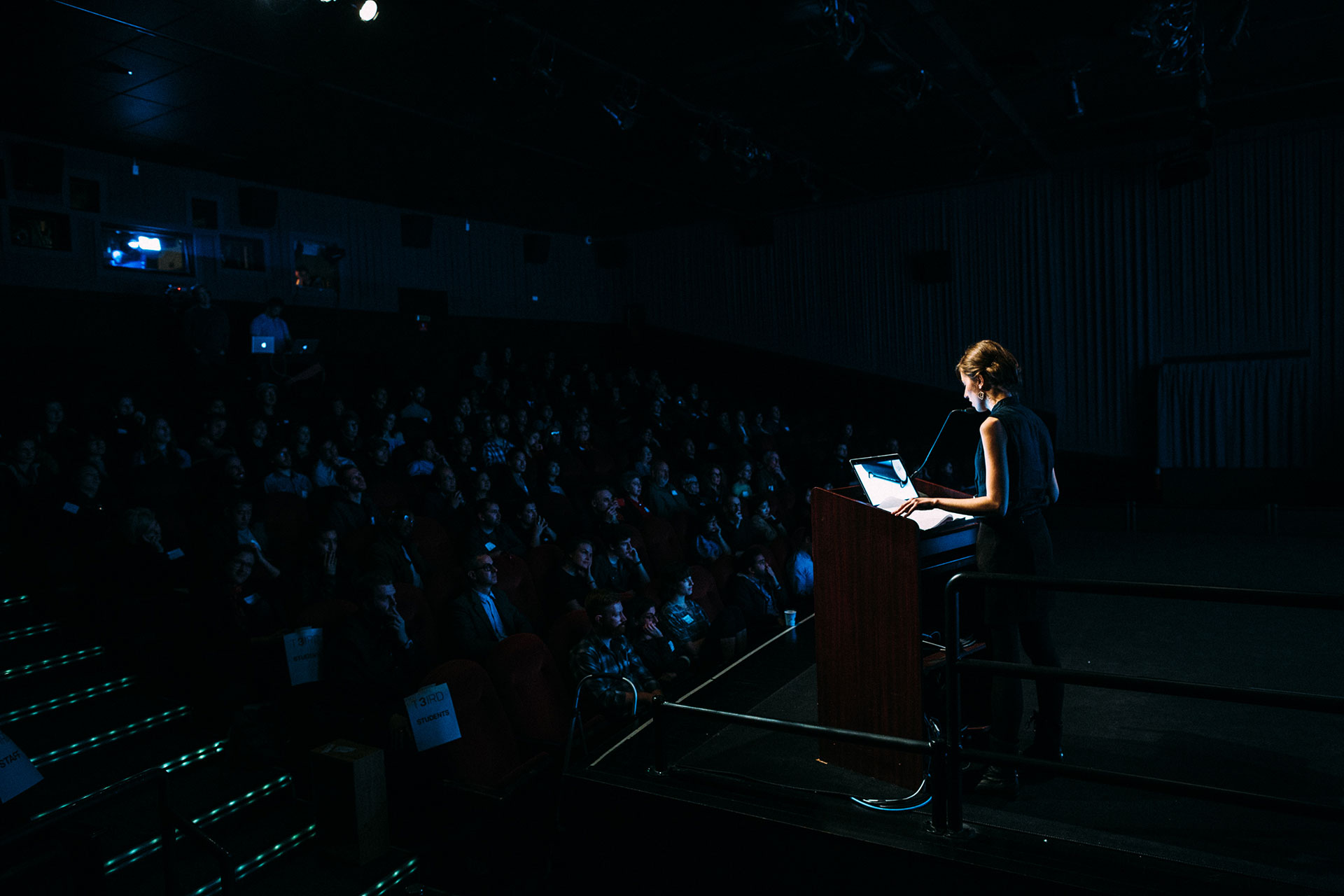
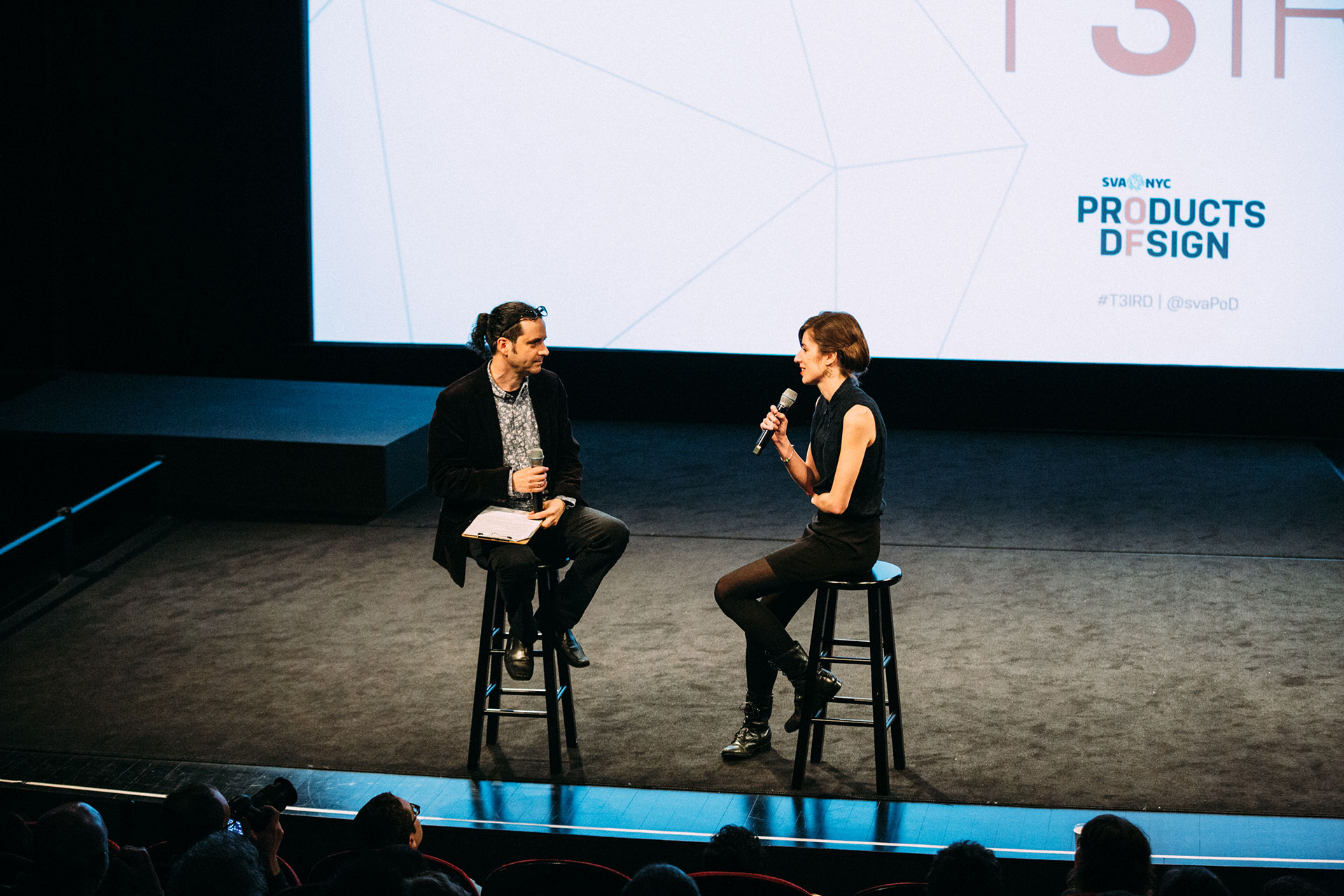
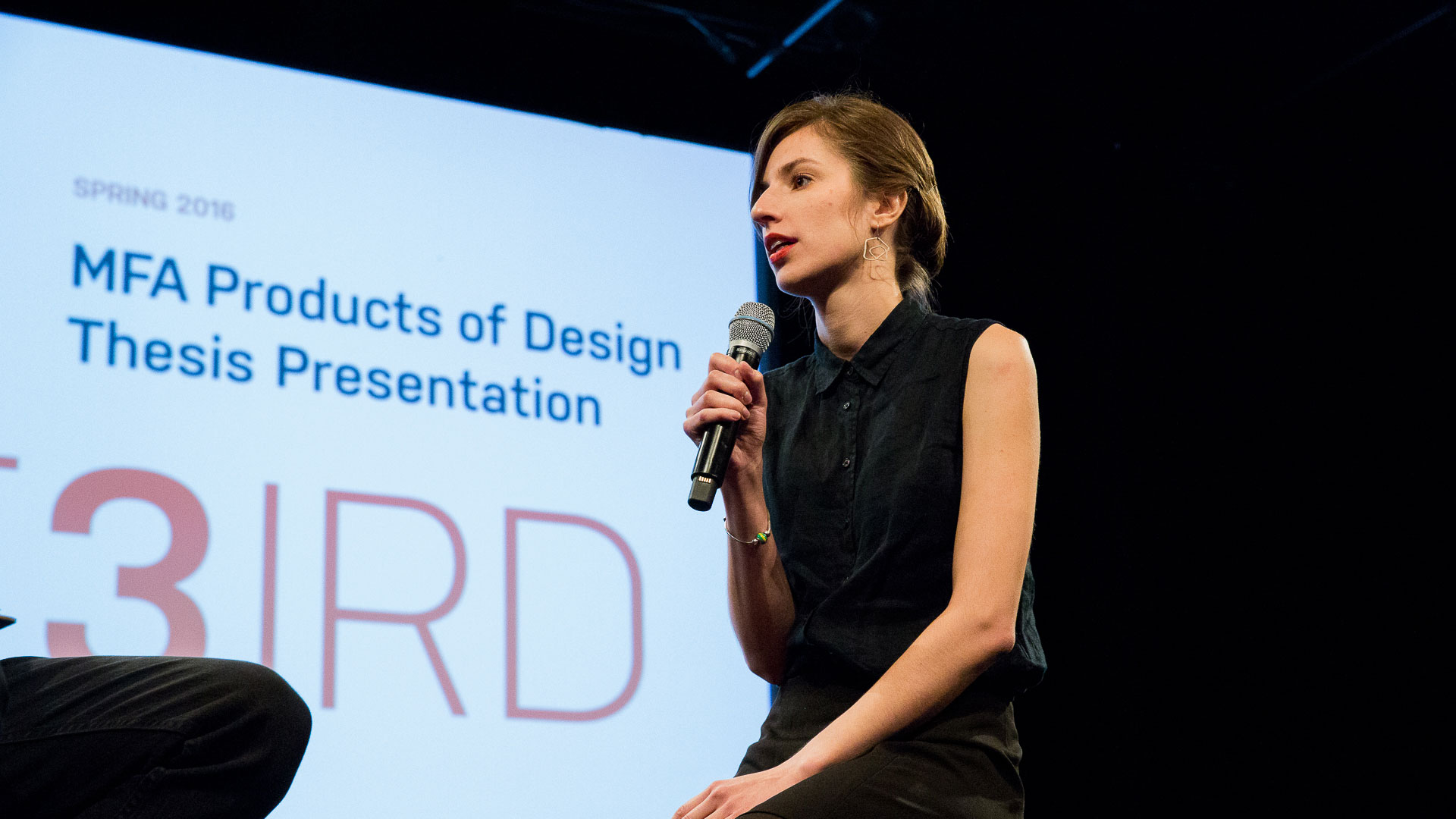
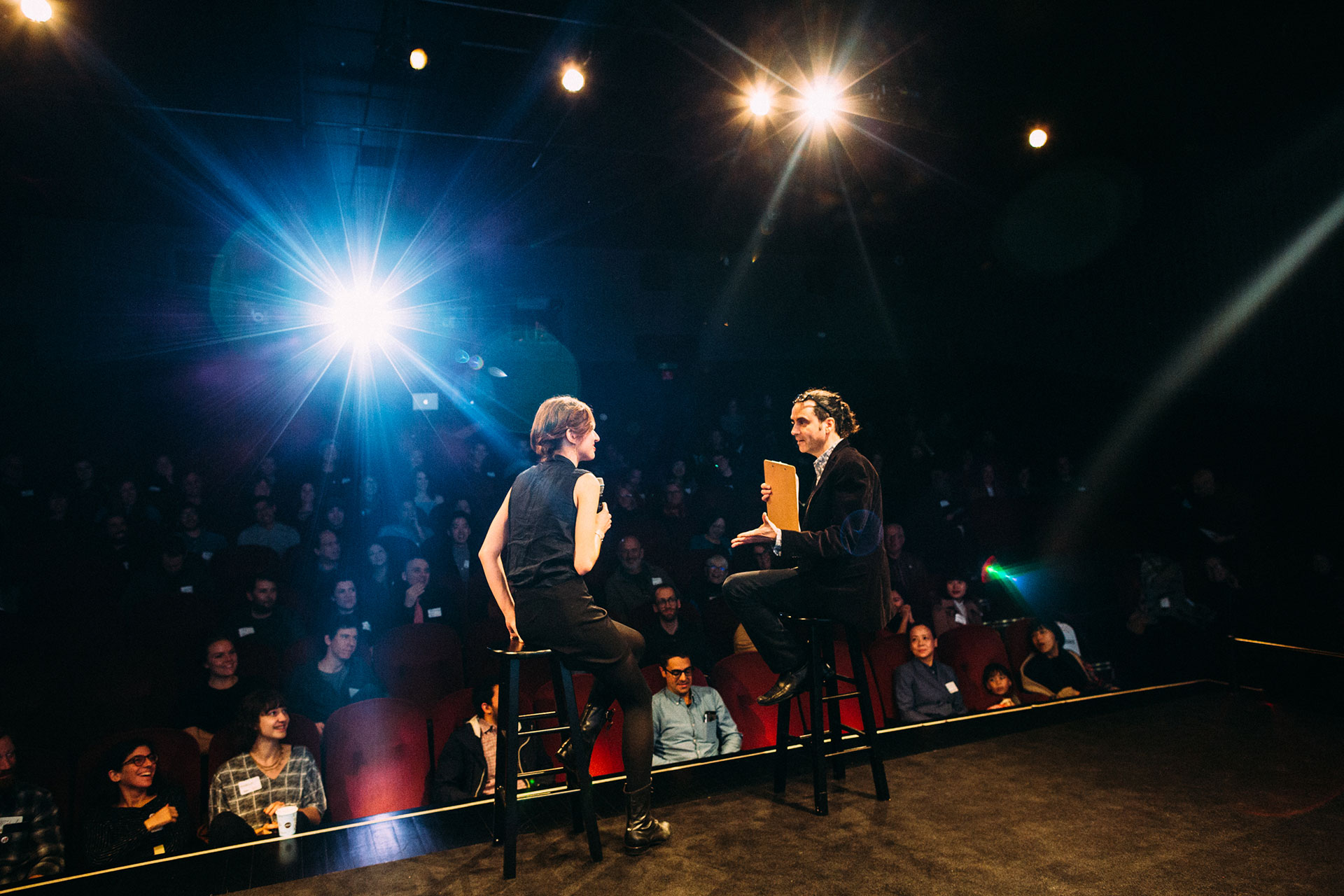

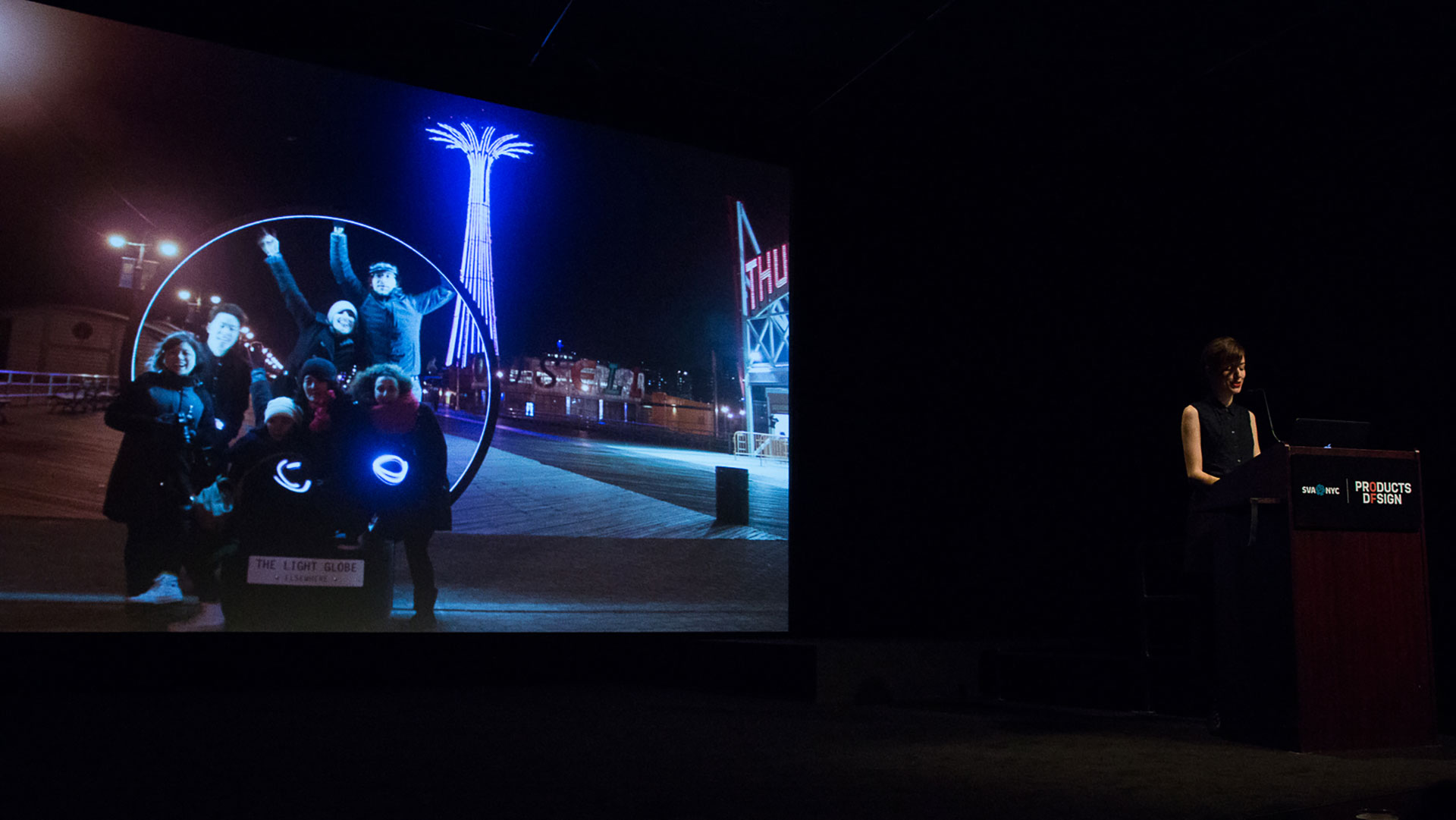
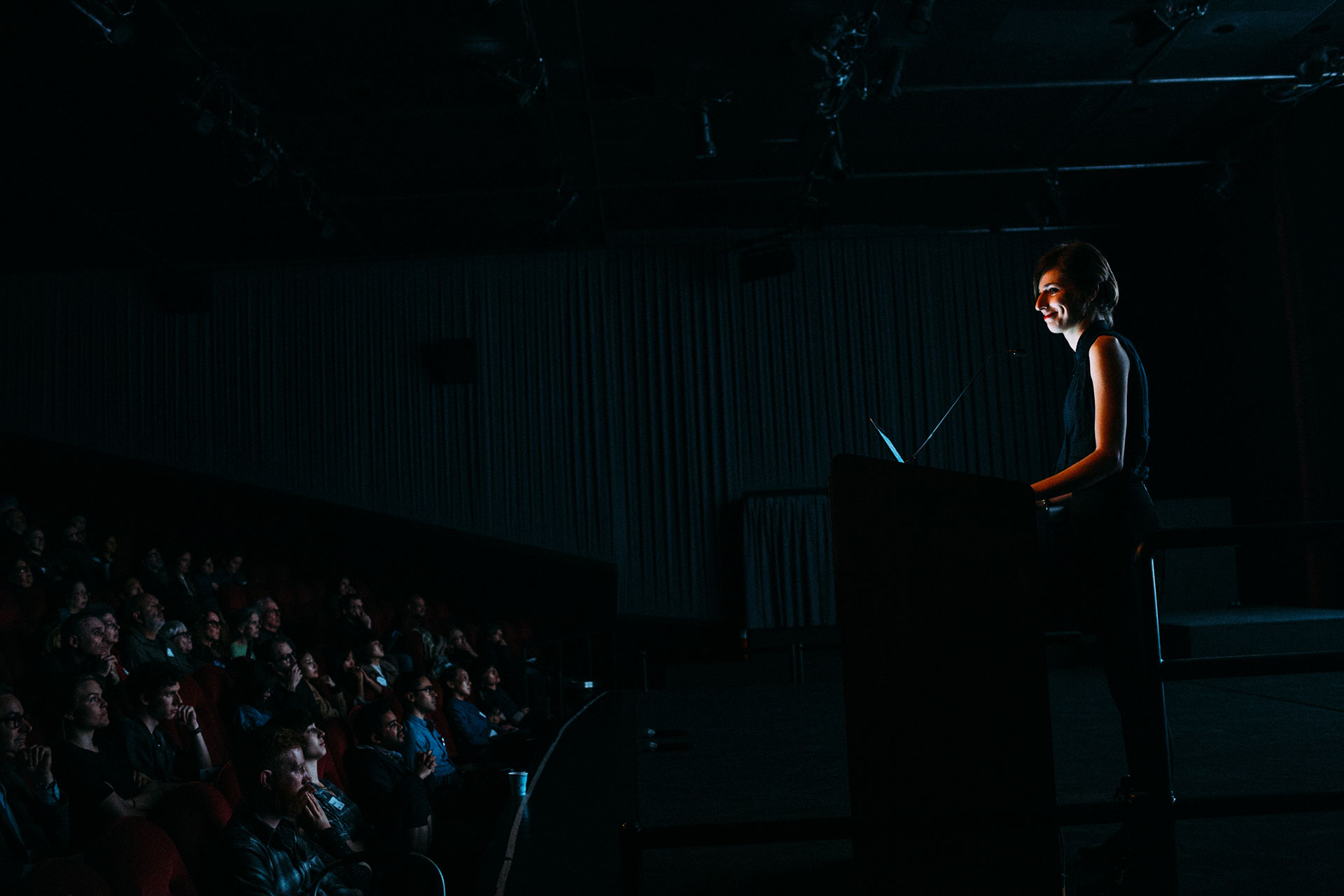
Leila’s design work focused on the experiences and poetics of travel as means to stimulate a more comprehensive perception of place.
Designer researcher Ezio Manzini argues that a place is "a space endowed with a sense, in other words, a space that is meaningful to someone.” Leila adds that if places are defined by the relationships that people have with them, we can change the place itself by changing that relationship through the perception of that place. Leila was also highly inspired by travel fiction. In Invisible Cities, journalist and author Italo Calvino writes that “the traveler recognizes the little that is his, discovering the much he has not had and will never have.” Framed by these ideas, Leila’s design work focused on the experiences and poetics of travel as means to stimulate a more comprehensive perception of place.
The Future of Travel Workshop
To gather inspiration for the project, Leila organized a workshop around the future of travel. Participants used craft materials to create a landscape that reflected possible changes in how people move around the world. They then visited the landscapes they created, and sent "a postcard to the present" about the experiences that they had. One participant wrote about an Island in a segregated world. Feeling isolated, she said: “I don’t know what it would feel like to travel to a new place.”
“The replacement of unique and distinct places by generic blandscapes is...eating away our sense of selves.”—Alastair Bonnet
Inspired by the outcomes of the workshop, Leila envisioned a speculative and dystopic future:
"It is the year of 2084. Human’s dependency on GPS technology has destroyed our ability to freely move in the world. Governments have been replaced by The Platform—an alliance between Silicon Valley giants—and The Island is the only place of resistance. Rebels recruit volunteers to help map the Island through their resistance newspaper, and to paint crests on walls that hide a map revealed to the Islanders only with the use of “dark light.” They also hide maps in the souvenirs from the Island that they send to people in the Platform. These maps help people escape and navigate the world as they used to—through their senses and memories."
The geographer Alastair Bonnet writes that “the replacement of unique and distinct places by generic blandscapes is...eating away our sense of selves.” In response, Leila designed a set of services, products, and experiences that foster stronger relationships with places. As an experience, travel can be divided in three sequential parts: The Plan, The Exploration and The Remembrance. Leila structured her interventions around these parts, and developed projects that reflect on each.
The Plan: here&there
here&there is a network of travel tips for map lovers. It promotes the exchange of physical handmade maps—containing tips and recommendations—made by locals from cities around the world. here&there’s ultimate goal is to connect people, promoting a unique exchange of travel inspiration without adding to the already-overwhelming amount of information that currently exists online and off.
Leila found it challenging to find ways to encourage participants to submit their maps back, and thereby feeding the “map chain.” At first, she proposed a financial incentive. If participants submitted their maps back to h&t, they would get part of their money back. At a “shark tank simulation” at Luminary Labs in the spring, Bill Cromie, Director Of Emergent Technology at the Robin Hood foundation, suggested a different approach: He argued that since a financial incentive “wasn’t so attractive in a project that is about personal relationships,” he believed that the best incentive would be to highlight personal feedback from other participants from around the globe. “When I make a map for a friend, afterward I want to know if they did the things that I suggested...and particularly what their reaction was. That’s why I’d do it,” he said.
The Exploration: Travel Machines
Public binoculars are icons of touristic destinations. "They allow us to see far," Leila submits, "but only what’s already there." In order to show the traveler what is unseen, she proposed retrofitting these binoculars, transforming them into Travel Machines.
Travel Machines use Augmented Reality to reveal artistic perceptions of a place. In the example below, Leila imagined a speculative intervention that Japanese artist Yayoi Kusama might have created around the Manhattan Bridge.
Travel Machines could also take place through a mobile experience. When users reach an Access Point, their smartphones pop up a notification letting them know that an augmented reality is available to them. "In this way, geolocation 'unlocks the installation!" Leila adds.
The irony of the work is not lost on her though. "Though Travel Machines use digital technology—often considered responsible for disconnecting people from reality—" she argues, "users need to physically move in order to unlock these experiences. So the overall consequence will be the encouragement of people to physically explore the places near them or far away when they travel."
“Souvenirs are containers for the relationships that people establish with places, and I wanted to create objects that explore the perceptions that people bring back home.”
The Rememberance: Senora, Elsewhere, and Snowglobe
For the remembrance portion of the travel experience, Leila focused her exploration on souvenirs. “Souvenirs are containers for the relationships that people establish with places, and I wanted to create objects that explore the perceptions that people bring back home.”
First she designed Sonora: Recorded Souvenirs. Sonora is a portable audio recorder and player that allows travelers to take “audio snapshots” of a destination’s soundscape. Low-cost and portable, travelers could buy sets of these devices in airports or gift shops, using them to build collections different soundscapes from different places.
Sonora was designed deliberately as a physical artifact—and not an app. Its three-dimensional embodiment encourages users to be deliberate about what the record, but also makes the product more conspicuous when displayed in the home. ("When was the last time you looked at any of your travel photos on your phone?" Leila quips.)
As users revisit their recordings, they feel immersed in that place again—in a way that is beyond photography or video, since without the picture they'll need to imagine the place from memory. This makes for an immersive experience that requires a deeper kind of engagement.
But given that most people do use their smartphone to capture travel memories, the next iteration of Sonora products extends that behavior to help people remember with more deliberateness and meaning.
Elsewhere is a suite of physical and digital products. Here’s how they work: Every time a user takes a photo using the Elsewhere Camera app, 10 seconds of audio is also recorded—along the lines of iPhone's Live Photos. These audio recordings are then downloaded to the Elsewhere Radio, where they can be played back based on location instead of time. As users revisit their recordings, they feel immersed in that place again—in a way that is beyond photography or video, since without the picture they'll need to imagine the place from memory. This makes for an immersive experience that requires a deeper kind of engagement.
Similarly, the Elsewhere Printer takes the images created with Elsewhere Camera and transforms them intolow-resolution “tickets”. These can be used as bookmarks or in other more casual ways—again, provoking the user into filling in the details by engaging their imagination more fully.
An interview with the designer Constantin Boym—whose work and writings around souvenirs have received much acclaim—prompted Leila to look into the rituals related to capturing memorable experiences and transforming them into souvenirs. Where Boym reimagined die-cast miniatures, Leila decided to recontectualize the beloved snow globe, turning it into a life-sized platform called The Light Globe. "You don’t shake this snow globe; rather, you shake in it!" Leila remarks. On March 27th, and with the help of her classmates, Leila installed the Light Globe Photo Booth on the Coney Island boardwalk, hosting a light painting experience.
Photos of the event were posted on @thelightglobe on Instagram so that participants could find them afterwards, and also to see the light paintings that other visitors created. But the true souvenir—“the one participants will always remember,” argues Leila—“was created the moment when they were inside the light globe...immersed in that place and in that experience.
After graduation, Leila was invited to bring the Light Globe experience to the Camden Night Gardens festival in Camden, New Jersey. Camden is considered one of the most violent cities in the U.S., and the Night Gardens is part of an effort to shift the perception of city public spaces—specially during the night time. As Leila's work's purpose was to encourage more comprehensive perceptions of place, the invitation to participate in the Night Garden's was a confirmation of her thesis, and a great ending to her design journey.
To learn more about Leila’ Santiago’s work, visit leilasantiago.com, and contact her santiagoleila[at]gmail[dot]com.







